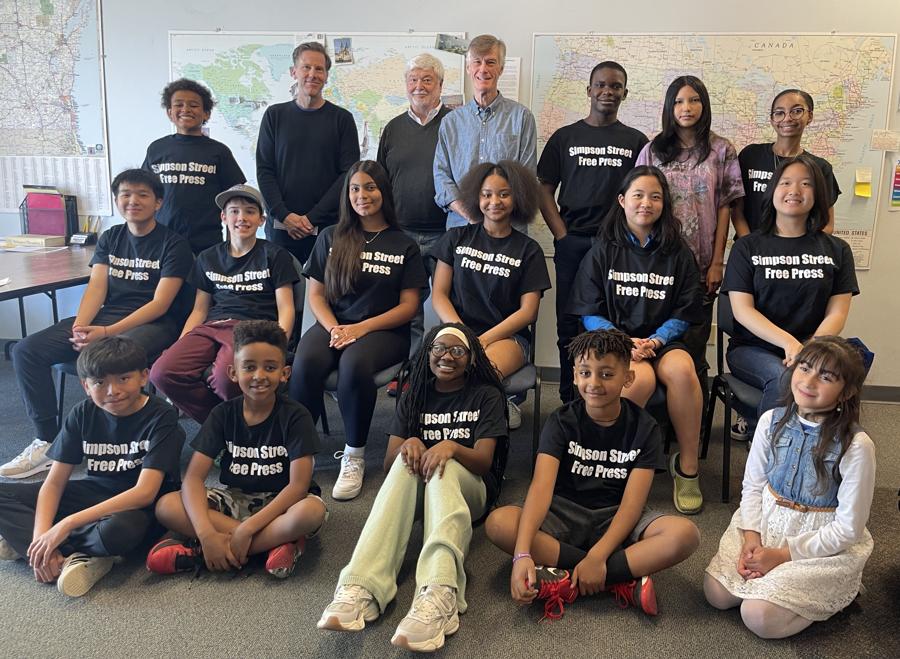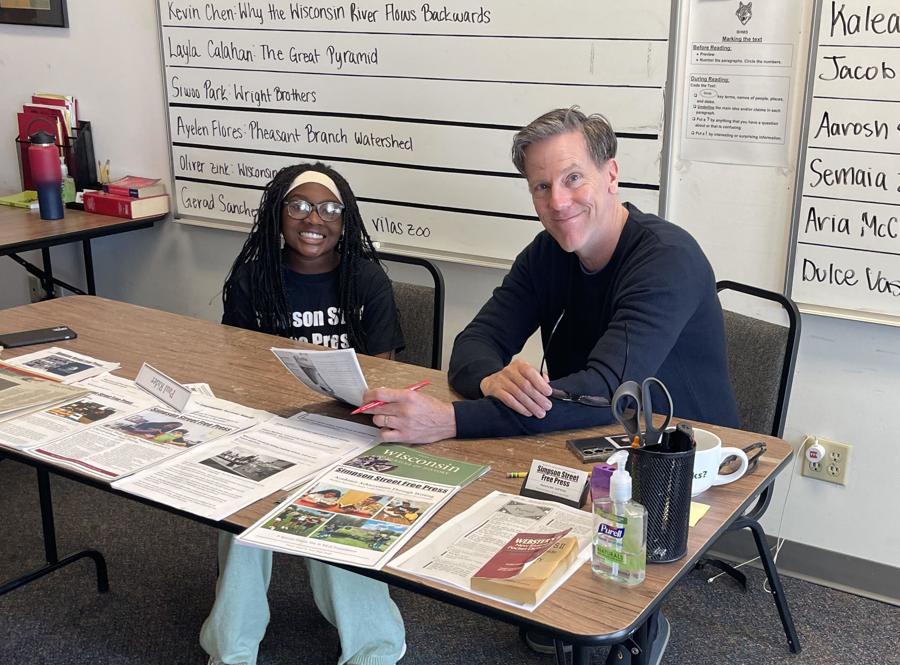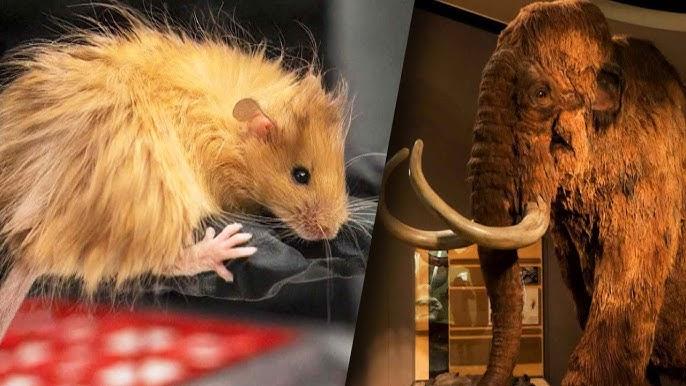
Might a Modified Mouse Make a Mammoth?
by John Agbo, age 14
Researchers have taken a preliminary step toward the potential revival of the prehistoric woolly mammoth. However, one must consider whether this endeavor signals a promising future for Earth, a misuse of advanced technology, or humanity's attempt to intervene in natural processes, essentially trying to play God, as mentioned by a professor at Arizona University.
Based in Dallas, Texas, Colossal Biosciences has successfully developed the first genetically modified “colossal woolly mouse.” This mouse features attributes such as thick fur and body fat typically found in woolly mammoths, representing the first step toward the company's goal to “de-extinct” prehistoric creatures. [Read More]


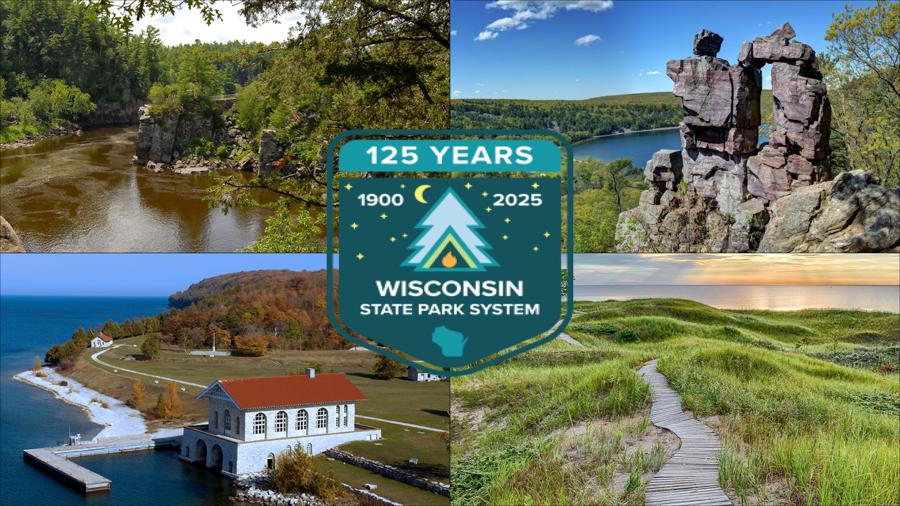

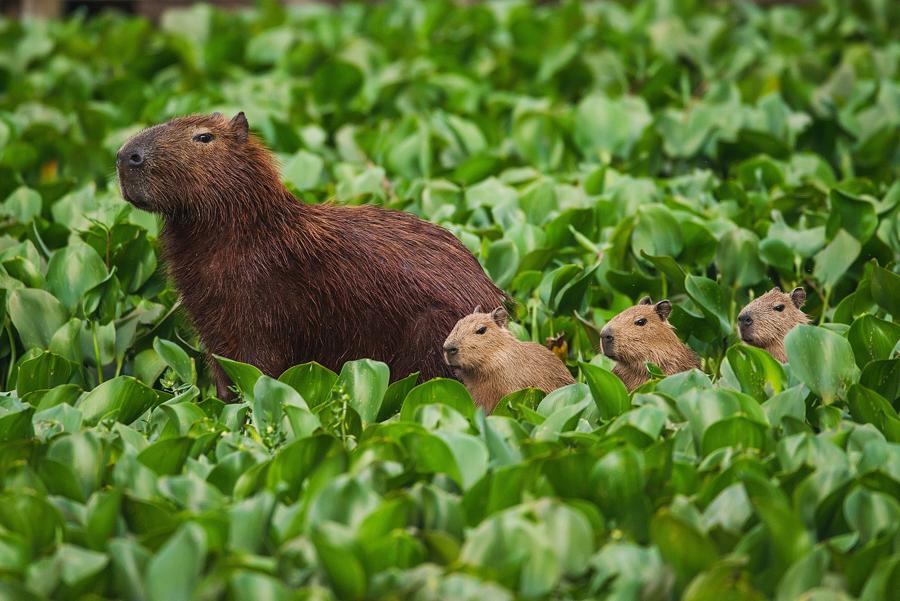
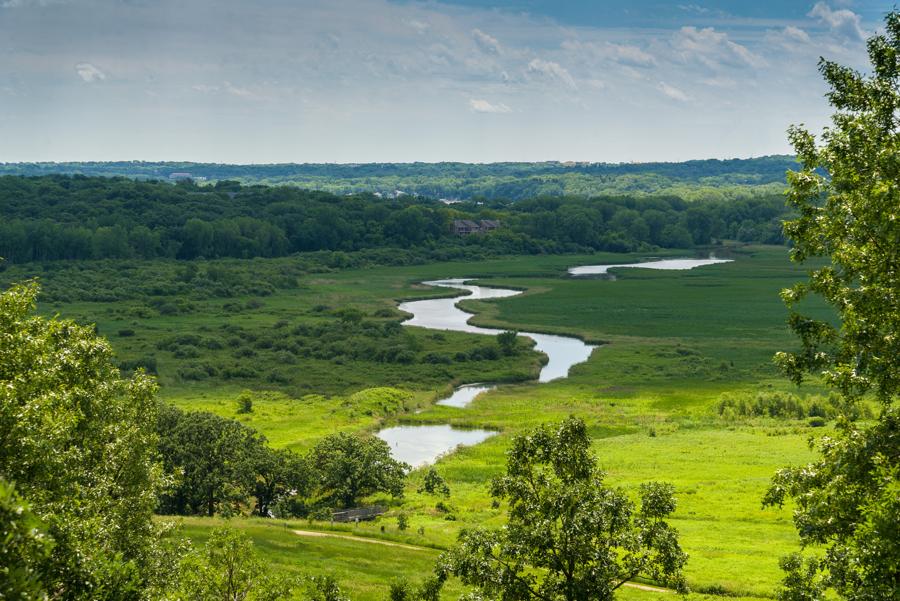
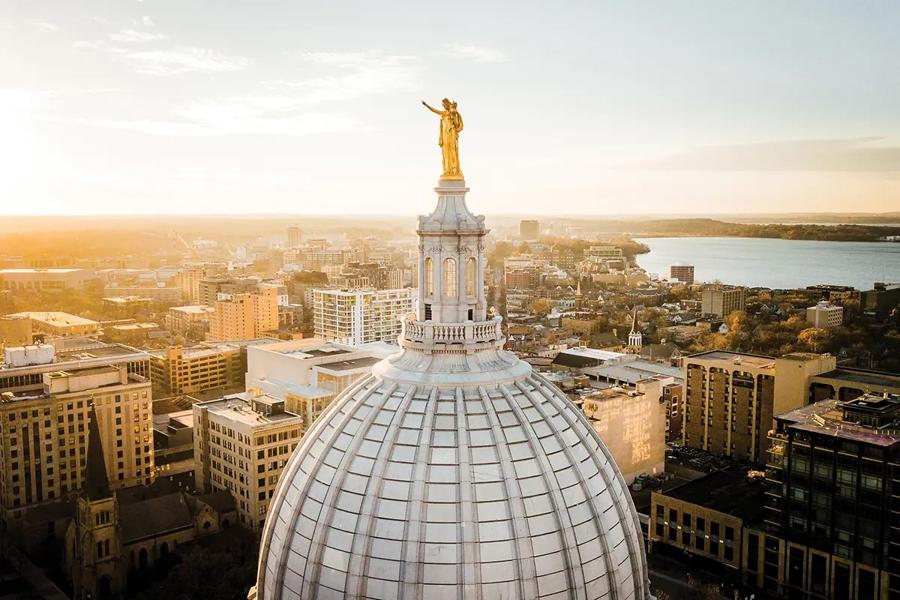
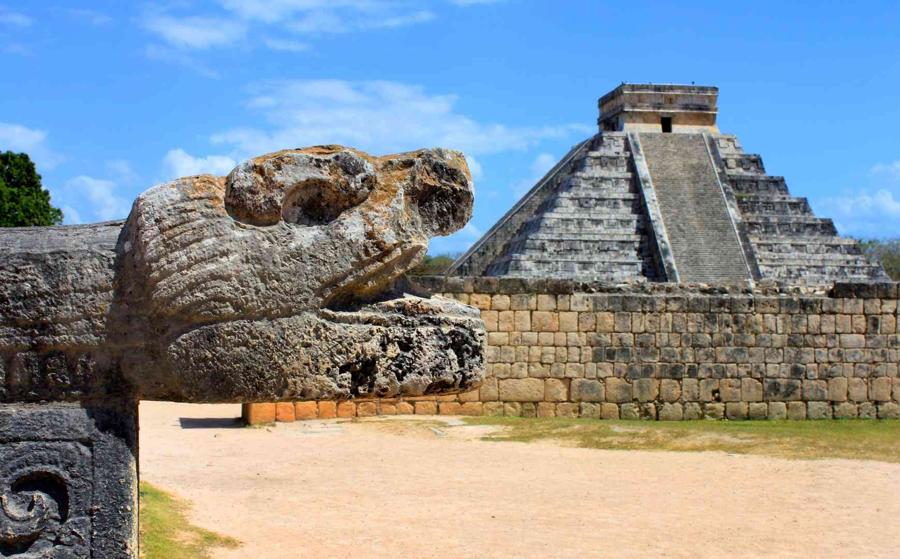
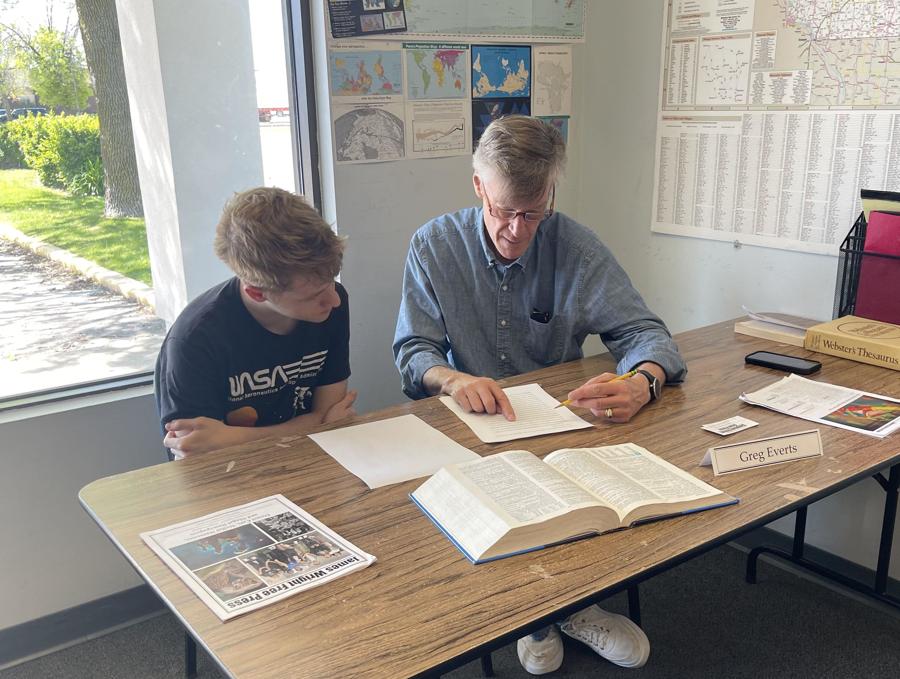

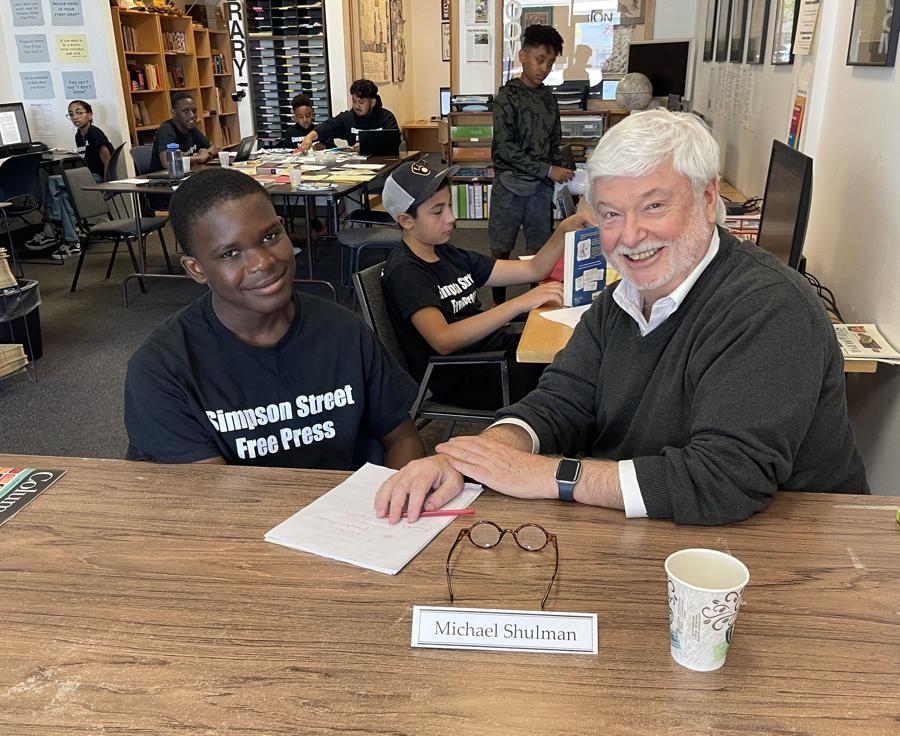


.jpg)
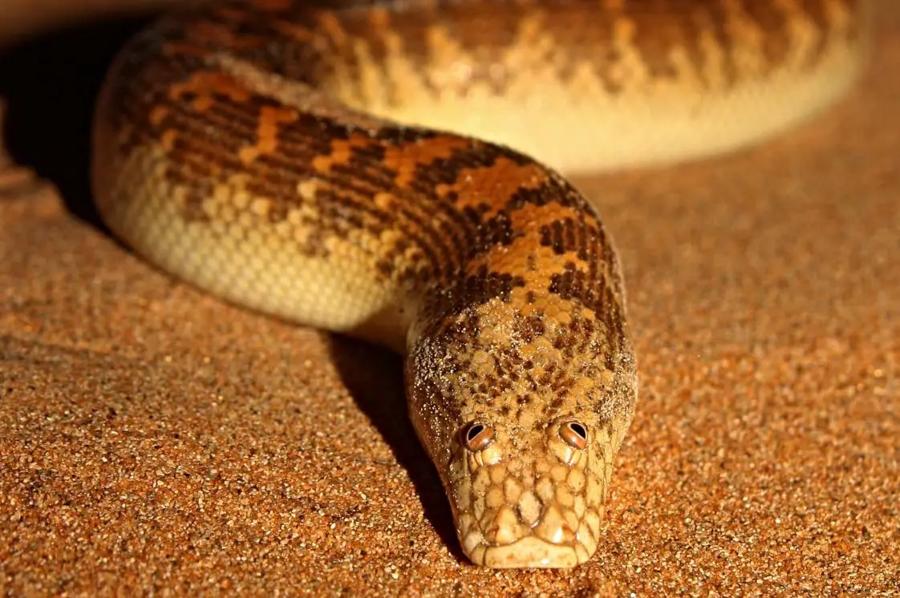
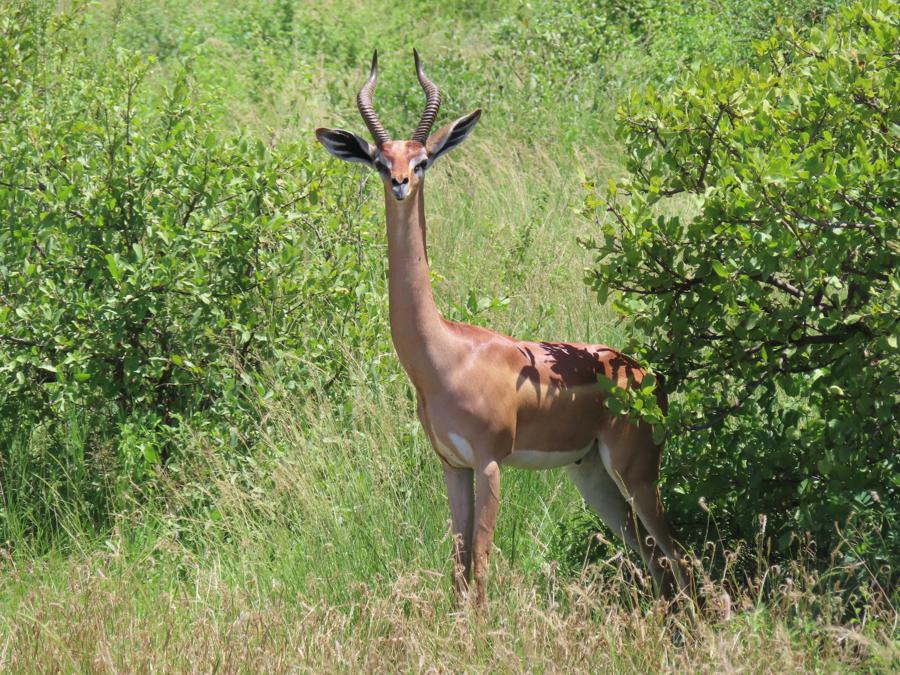
_-_48153967707.jpg)
